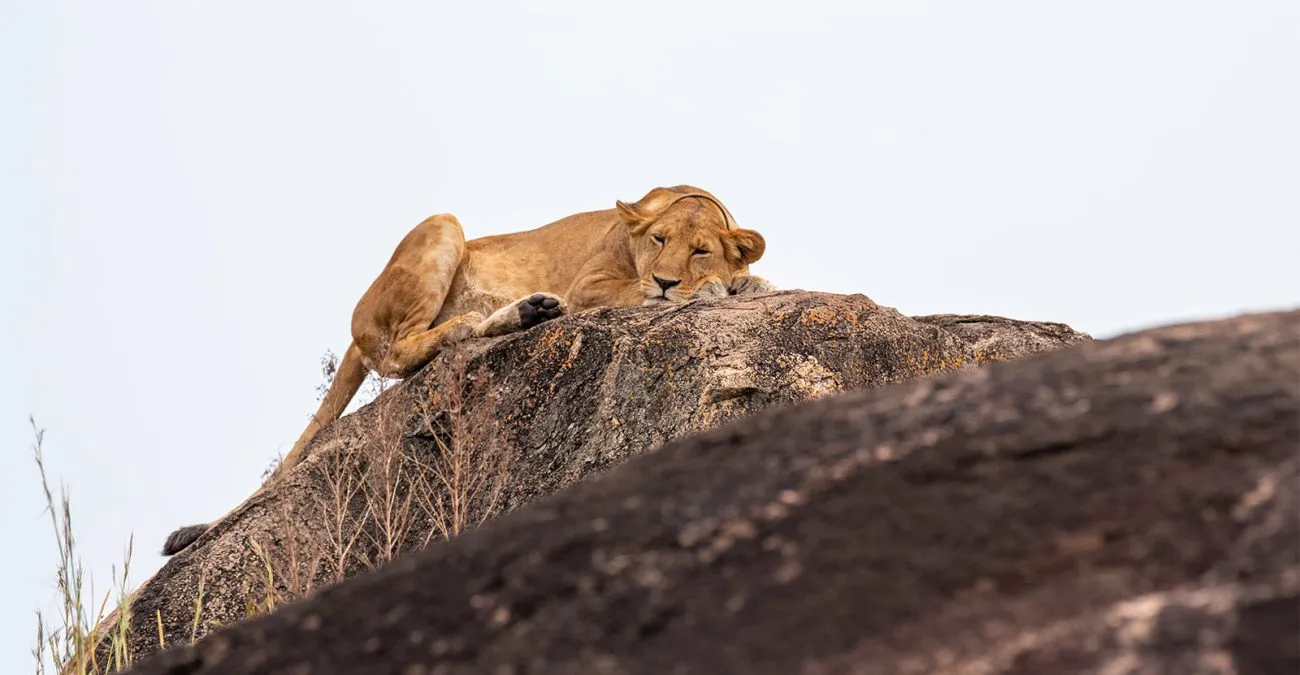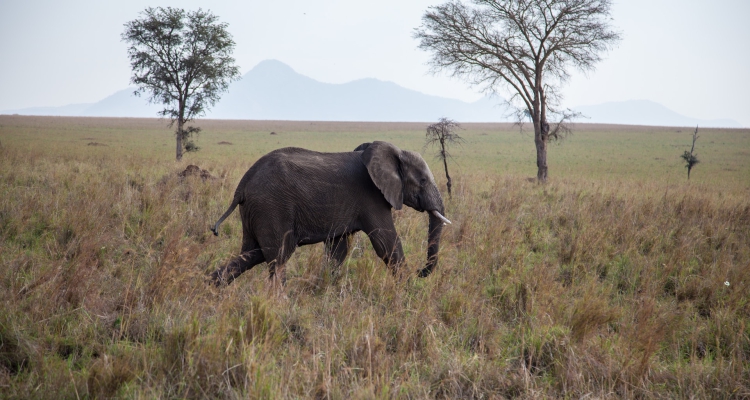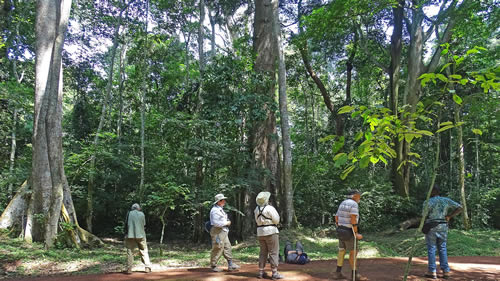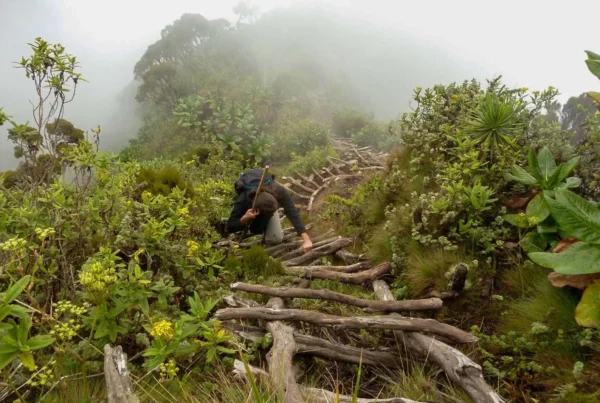Wildlife of Kidepo: What You’ll See on Safari
The Untamed Symphony of Kidepo
Nestled in the remote northeastern corner of Uganda lies a sanctuary where nature unfolds in its purest form. Kidepo Valley National Park, often described as Uganda’s most untouched wilderness, offers an encounter with Africa that feels raw, unmediated, and profoundly moving. Unlike the more frequented national parks, Kidepo’s seclusion has preserved a rare authenticity, creating a safari experience where every sighting feels personal, every encounter unforgettable.
Within this hidden gem, wildlife thrives against a backdrop of majestic savannahs, rocky mountains, and meandering rivers. The park is a living mosaic of ecosystems, where predators roam freely, herbivores graze peacefully, and birds fill the sky with a kaleidoscope of color. This article explores the rich biodiversity of Kidepo, offering a window into the extraordinary species that inhabit this remote corner of Uganda, and providing insight into what visitors can expect during a safari in this untamed land.
Geography and Habitat: Nature’s Perfect Stage
The abundance of wildlife in Kidepo is intimately linked to its unique geography. The park spans over 1,400 square kilometers, bordered by South Sudan to the north and Kenya to the east, creating an isolated ecosystem that has been protected from the pressures of mass tourism and human encroachment. Its terrain is diverse, ranging from flat savannahs to rugged hills and mountains, with the Imatong and Kidepo ranges forming dramatic backdrops to open plains.
Rivers, such as the Narus and Kidepo, flow through these landscapes, providing essential water sources for both wildlife and local pastoralist communities. Seasonal variations in rainfall create a dynamic environment, where dry periods concentrate animals near permanent waterholes, while the wet season transforms the plains into lush pastures teeming with life. This mosaic of habitats allows a wide array of species to coexist, making Kidepo one of the most ecologically diverse regions in Uganda.
Predators of Kidepo: The Kings and Queens of the Savannah
The predator population in Kidepo is a testament to the park’s thriving wilderness. Lions are among the most iconic of these inhabitants, roaming the savannahs with a sense of authority and grace. Lion prides are often observed during early morning or late afternoon, their movements deliberate as they patrol their territory. Encounters with these magnificent cats are considered the pinnacle of any safari experience in Kidepo, as the animals are largely undisturbed by human presence, allowing natural behaviors to be observed authentically.
Leopards are also present, though more elusive and primarily nocturnal. Their stealth and adaptability have allowed them to thrive in the rocky outcrops and dense woodland areas of the park. A sighting of a leopard, often perched on a tree or stalking prey, is considered a rare and exhilarating experience, a true highlight for wildlife enthusiasts and photographers alike.
Cheetahs, celebrated for their speed and elegance, inhabit the open plains of Kidepo. These predators are observed hunting during the cooler hours of the day, relying on their exceptional agility and keen eyesight. Hyenas, both spotted and striped varieties, contribute to the predator hierarchy, their scavenging and hunting behaviors playing a critical role in maintaining ecological balance. Each predator in Kidepo demonstrates the delicate interplay of survival, strategy, and adaptation that defines life in the wild.
Herbivores and Grazers: The Heartbeat of the Plains
The herbivore population in Kidepo forms the backbone of its ecosystem, supporting predators and maintaining the health of the environment. Elephants traverse the plains in quiet majesty, often in small family groups, their presence a reminder of Africa’s grandeur and resilience. These giants are most often seen near rivers and waterholes, where their movements shape the landscape and influence the distribution of other species.
Buffalo herds, formidable and social, wander the savannah with a slow but deliberate pace. Their interactions are governed by complex social structures, and their grazing patterns are essential in maintaining the balance between vegetation growth and predator dynamics. Giraffes, with their towering necks and graceful strides, feed on acacia trees and offer striking visual spectacles against the park’s golden plains. Zebras and antelopes, including species such as hartebeest, oribi, and the endemic Uganda kob, add vibrancy and dynamism to the landscape, their movements creating a rhythm that resonates across the savannah.
The presence of rare species such as the African wild dog further underscores the ecological significance of Kidepo. These elusive predators are rarely seen, yet their survival is indicative of a well-preserved habitat, where competition, predation, and biodiversity are carefully balanced.
Avian Diversity: The Skies Alive with Color
Kidepo’s wildlife is not limited to land-based species; its skies are alive with remarkable birdlife. Over 475 species have been recorded, making it a haven for ornithologists and enthusiasts. Large raptors, such as martial eagles and secretary birds, patrol the skies and plains, while smaller species add splashes of color and movement.
The carmine bee-eater, with its vivid red plumage, is often observed near riverbanks, diving and swooping with remarkable agility. Hornbills, starlings, and weavers populate the woodlands, their behaviors reflecting complex social structures and ecological interactions. Seasonal migration patterns bring additional diversity, with birds arriving from distant regions to exploit the park’s rich resources. The presence of these species enhances the safari experience, providing opportunities for both observation and photography, and emphasizing the interconnectedness of Kidepo’s ecosystem.
Aquatic and Nocturnal Wildlife: Hidden Dimensions
While much attention is often given to large terrestrial animals, Kidepo’s rivers and seasonal water sources support a variety of aquatic life. Crocodiles and hippos inhabit deeper pools, their behaviors largely hidden during daylight hours but critical in shaping the riparian ecosystems. These water-based species contribute to the park’s food chains and influence the distribution of other wildlife, particularly herbivores that rely on water access.
Nocturnal wildlife adds an additional layer of intrigue. Small mammals, owls, and nocturnal predators emerge under the cover of darkness, creating a hidden world that complements daytime safari observations. Night drives in Kidepo allow visitors to witness this dimension of wildlife behavior, providing a holistic understanding of the park’s biodiversity and ecological complexity.
Interactions Between Species: Nature’s Delicate Balance
One of the most remarkable aspects of Kidepo’s wildlife is the interplay between species. Predator-prey dynamics are observed in real time, with lions, leopards, and cheetahs influencing the movement and behavior of herbivores. Elephants, through their grazing and migration patterns, alter the vegetation structure, which in turn affects the availability of resources for smaller herbivores and birds. These interactions are a testament to the intricate web of life that sustains Kidepo’s wilderness.
Symbiotic relationships are also observed, particularly among bird species and large mammals. Oxpeckers feeding on ticks from buffalo and giraffes exemplify the mutual benefits that arise from close ecological connections. These subtle behaviors, often overlooked by casual observers, enrich the safari experience, revealing the complexity and intelligence of nature in action.
Cultural Context: Wildlife and Human Coexistence
The presence of wildlife in Kidepo is inseparable from the region’s cultural heritage. The Karamojong communities have coexisted with the park’s wildlife for centuries, developing pastoralist practices that respect the rhythms of nature. Livestock grazing is carefully managed to minimize conflicts with wild herbivores, and local knowledge contributes to conservation efforts by tracking animal movements and monitoring species health.
Visitors often gain insight into this harmonious coexistence through guided tours and cultural experiences. Traditional stories, rituals, and practices highlight a worldview in which humans are part of, rather than separate from, the natural world. This perspective deepens the appreciation of Kidepo’s wildlife, framing every encounter as part of a broader narrative of ecological and cultural interdependence.
Safari Experiences: Observation and Immersion
The wildlife of Kidepo is best experienced through immersive safari activities. Game drives, conducted by skilled guides, provide opportunities to observe large predators, herbivores, and birds in their natural habitats. Walking safaris allow for closer observation of tracks, signs, and smaller species, offering a more intimate connection with the environment.
Photography in Kidepo is particularly rewarding due to the park’s light, landscapes, and diversity of species. Early mornings and late afternoons provide soft, golden lighting, enhancing both the aesthetic quality and the emotional impact of wildlife encounters. Every moment spent observing the animals is enriched by the knowledge that these interactions occur in an environment largely untouched by human interference.
Night drives offer a contrasting experience, revealing the nocturnal habits of predators, small mammals, and insects. The sounds of the night—roaring lions, rustling grasses, and distant calls of nocturnal birds—create an immersive soundscape that complements the visual splendor of the park. These experiences collectively ensure that every visitor engages with the full spectrum of Kidepo’s wildlife.
Conservation and Preservation: Protecting the Legacy
The thriving wildlife of Kidepo is a direct result of ongoing conservation efforts. Anti-poaching initiatives, habitat management, and collaboration with local communities have ensured that the park remains a sanctuary for threatened and endangered species. The African wild dog, cheetah, and certain bird species benefit directly from these protective measures, highlighting the importance of sustained and informed conservation practices.
Education and community engagement are central to Kidepo’s preservation strategy. By fostering awareness and stewardship among local populations, the park ensures that wildlife remains a valued resource rather than a source of conflict. This approach safeguards the ecological integrity of Kidepo, allowing future generations to experience the same richness of wildlife that visitors witness today.
Why Kidepo is Unique: A Safari Unlike Any Other
Kidepo Valley National Park distinguishes itself from other safari destinations through its combination of isolation, biodiversity, and authenticity. While other parks may offer frequent sightings of common species, Kidepo provides rare encounters, a sense of wilderness, and an environment where human presence is minimal. Every safari here is shaped by the unpredictability of the wild, creating experiences that are both thrilling and deeply moving.
The diversity of habitats, from open plains to rocky hills, ensures that every species can be observed in its natural context. The combination of predators, herbivores, birds, and aquatic life creates a comprehensive and interconnected ecosystem, offering visitors the opportunity to witness the full complexity of African wildlife in one location.
Experiencing Kidepo’s Wildlife
Kidepo Valley National Park represents the pinnacle of Uganda’s natural heritage, offering an unparalleled window into the continent’s wild heart. From majestic predators and gentle giants to vibrant birdlife and elusive nocturnal species, every aspect of the park’s wildlife contributes to an experience that is immersive, educational, and profoundly inspiring.
For travelers seeking a safari that transcends ordinary expectations, Kidepo provides a rare opportunity to engage with nature in its purest form. The park’s isolation, coupled with its ecological richness, ensures that every encounter feels intimate, authentic, and memorable.
To fully explore and appreciate the wildlife of Kidepo, book your Africa tours and safaris with WildHorn Africa, a trusted partner dedicated to crafting immersive, responsible, and unforgettable journeys. Their expertise allows travelers to experience the extraordinary wildlife of Kidepo while supporting the conservation of this remarkable natural treasure.





 WildHorn Africa – Authentic and unforgettable tours across Africa, guided by local experts who know the land, wildlife, and culture best.
WildHorn Africa – Authentic and unforgettable tours across Africa, guided by local experts who know the land, wildlife, and culture best.


